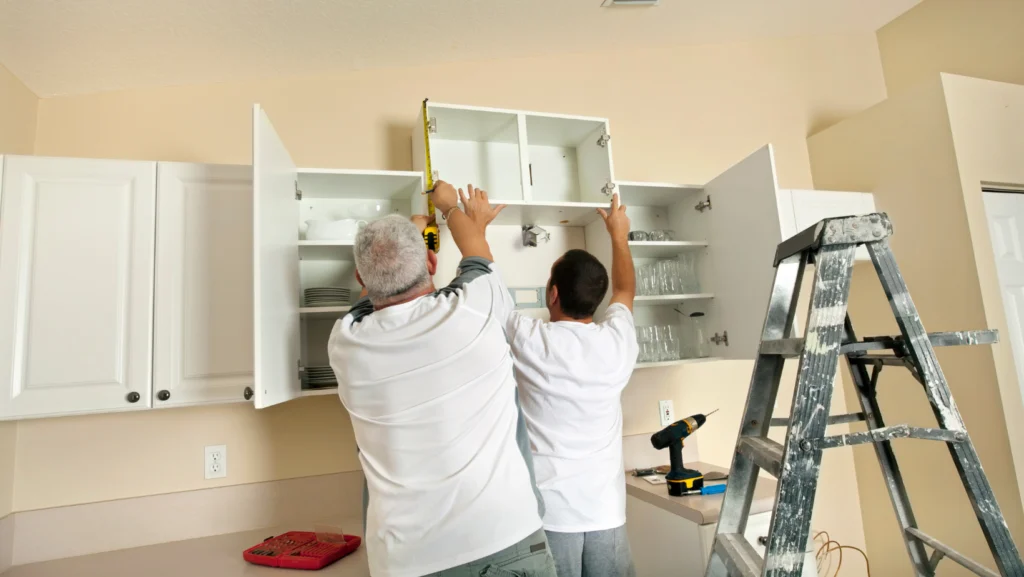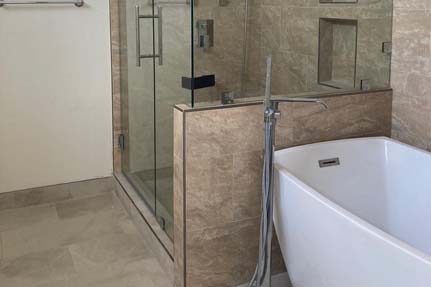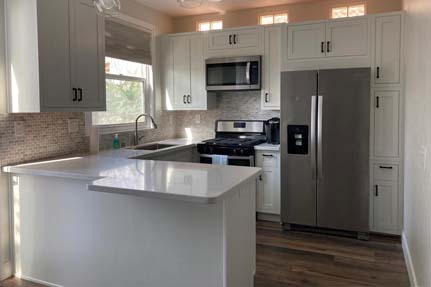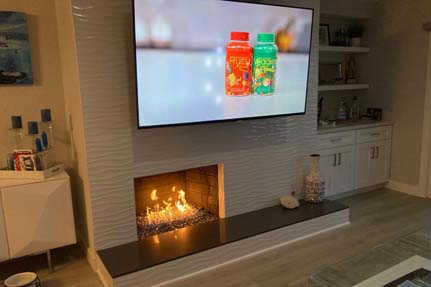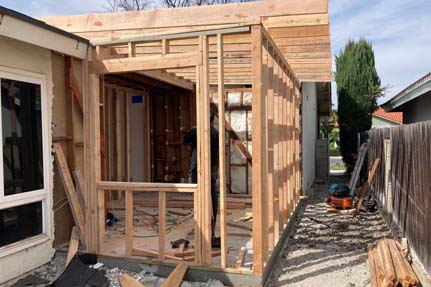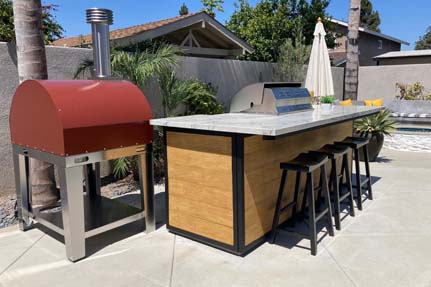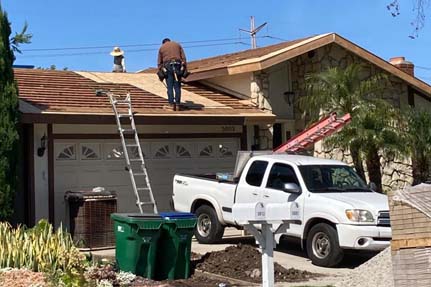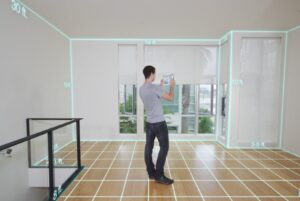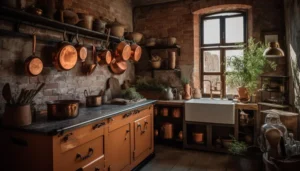
How to Plan a Home Addition: A Step-by-Step Guide from Vision to Build
Thinking “I want to put an addition on my house—where do I start?” You’re not alone. Planning a home addition can be exciting and overwhelming all at once. From expanding a kitchen to building a new master suite or creating a dedicated space for aging parents, adding to your house opens up countless possibilities—if done right. This guide will walk you through how to add an addition to your house, from choosing the right type to understanding local permits, hiring a contractor, and managing the construction process. Homeowners in Orange County, Newport Beach, and nearby areas will also find useful local insights. Choose the Right Type of Home Addition The type of addition you choose sets the tone—and cost—for your entire project. It impacts everything from zoning to construction time to resale value. That’s why house addition planning starts with understanding what’s right for your lifestyle, property, and budget. In places like Orange County and Newport Beach, homeowners are increasingly choosing designs that maximize outdoor views, support multigenerational living, or create income through rental-ready ADUs. Let’s look at the most common types of home additions: Room Addition A full-scale extension that adds a new room to the side or back of your house. This type is used for bedrooms, living areas, home offices, or extended kitchens. Pros: Adds significant value, fully custom Cons: Requires full permits and exterior construction Bump-Out Addition A small-scale extension of an existing room that pushes a wall outward by a few feet. Common for expanding kitchens, bathrooms, or closets without a full new room. Pros: Less expensive than full room addition Cons: Limited space gain, may still require foundation work Second-Story Addition Adds a new level on top of your existing home structure. Ideal when your lot has limited buildable space but you need more square footage. Pros: Doubles your home size without losing yard space Cons: Needs structural reinforcement, longer construction time Attached ADU or In-Law Suite A self-contained living unit built onto your home with its own entrance, kitchen, and bathroom. Perfect for long-term guests, elderly family, or as a rental. Pros: Flexible use or rental income potential Cons: Complex permitting and zoning requirements Enclosed Porch or Sunroom A converted or newly built porch with large windows or screens that create a bright indoor-outdoor living space. Often used as a sitting area, reading nook, or breakfast room. Pros: Affordable way to expand living space Cons: Often not included in total livable square footage Garage Addition or Conversion Either adding a new garage or converting an existing one into a livable room or suite. Popular for home gyms, offices, or extra bedrooms. Pros: Makes use of underutilized space Cons: Needs insulation, HVAC, and often plumbing upgrades Plan an Addition to Your House with Purpose Every great design starts with a clear purpose. When you’re planning a home addition, understanding your goals helps guide decisions about size, structure, features, and even long-term value. Clarify the Purpose Here are some of the most common reasons homeowners decide to build an addition on a house—each with its own design, layout, and budget considerations: Growing family needs – Add a bedroom, nursery, or extra bathroom to accommodate kids or new household members. This type of expansion keeps your family comfortable in the same home and avoids the stress and cost of moving. Remote work or home office setup – Create a quiet, functional workspace with built-in storage, good lighting, and separation from high-traffic areas. Building an addition to a house for this reason can improve productivity and work-life balance. Rental income or multigenerational living – Adding an attached ADU or in-law suite allows you to earn passive income or care for aging parents while maintaining privacy. This is one of the most popular choices in Orange County, where housing demand remains high. Lifestyle upgrades – Want a bigger kitchen, sunroom, or dedicated gym? These additions focus on enhancing your day-to-day experience and increasing your home’s comfort and enjoyment. Storage or utility space – A garage addition, mudroom, or laundry expansion brings more function to your home and reduces clutter. Accessibility and aging in place – Design a ground-level suite with wide doorways, grab bars, and open layouts to support long-term living in your home. Once you identify your core reason for adding an addition to a house, the rest of the process becomes easier—from design decisions to budgeting and selecting materials. Set a Realistic Budget Knowing how to add on to your house also means understanding how to fund it. Costs vary widely depending on the type of addition, the complexity of construction, and city-specific requirements. When building an addition on a house, remember to: Get multiple quotes from experienced contractors. Include 10–20% for unexpected costs like code upgrades or foundation issues. Account for permits, design fees, and utility relocation Smart financial planning gives you more control throughout the home addition process. Think About Futureproofing An addition should serve you well now and in the years ahead. When adding an addition to a house, consider: Energy efficiency: Proper insulation, efficient windows, and solar compatibility. Flexible design: A guest room that can later serve as an office or studio. Universal access: Ground-floor living, wider doors, and fewer stairs for aging in place. Smart home features: Integrated tech systems for lighting, security, and temperature. The best home additions don’t just solve a problem—they evolve with your lifestyle. Understand Zoning, Setbacks, and Permits Before you start drawing up home add-on plans or picking finishes, make sure your addition is even allowed. When it comes to how to plan a home addition, understanding local building regulations is just as important as choosing the right floor plan or contractor. Here’s what you need to know before putting an addition on a house: Zoning Laws Zoning defines what type of structures can be built on a property and how they can be used. For example, single-family zones may restrict adding separate rental units or multi-family features like kitchenettes. Setback Requirements Setbacks are the

